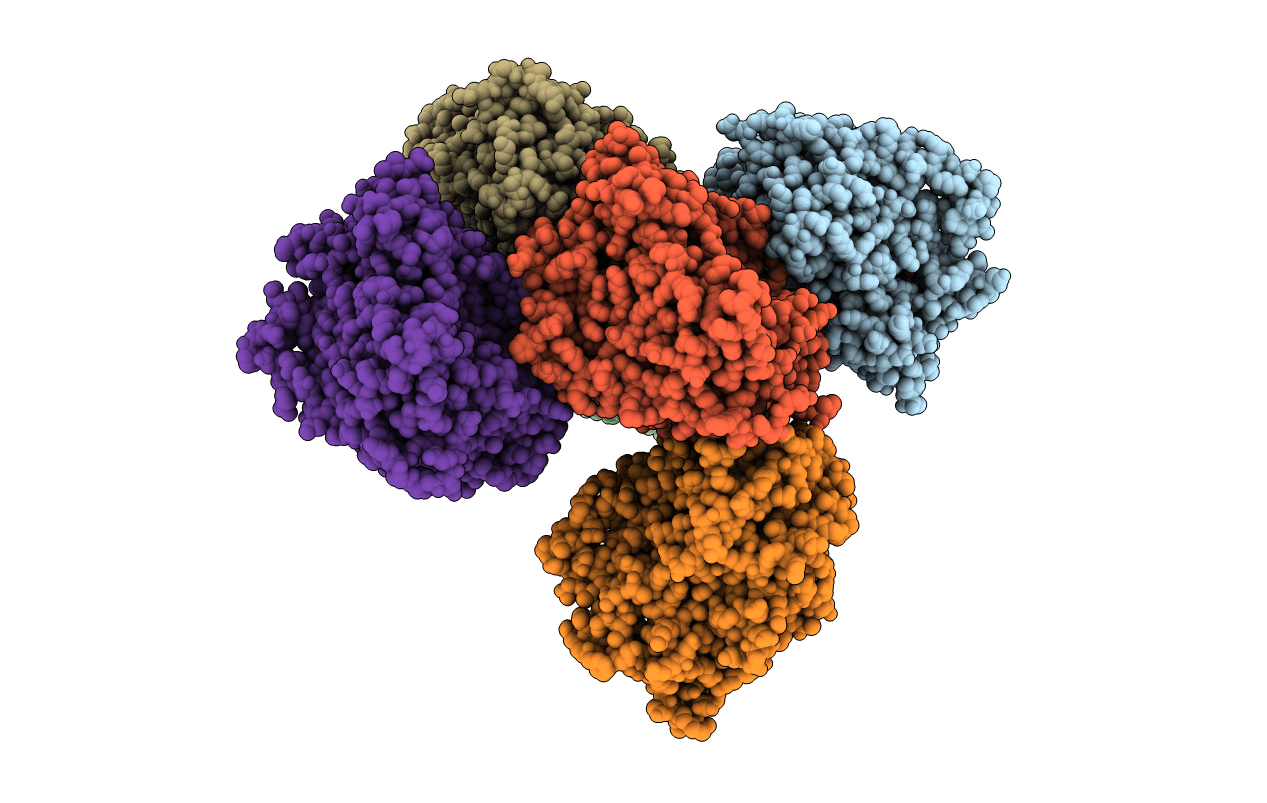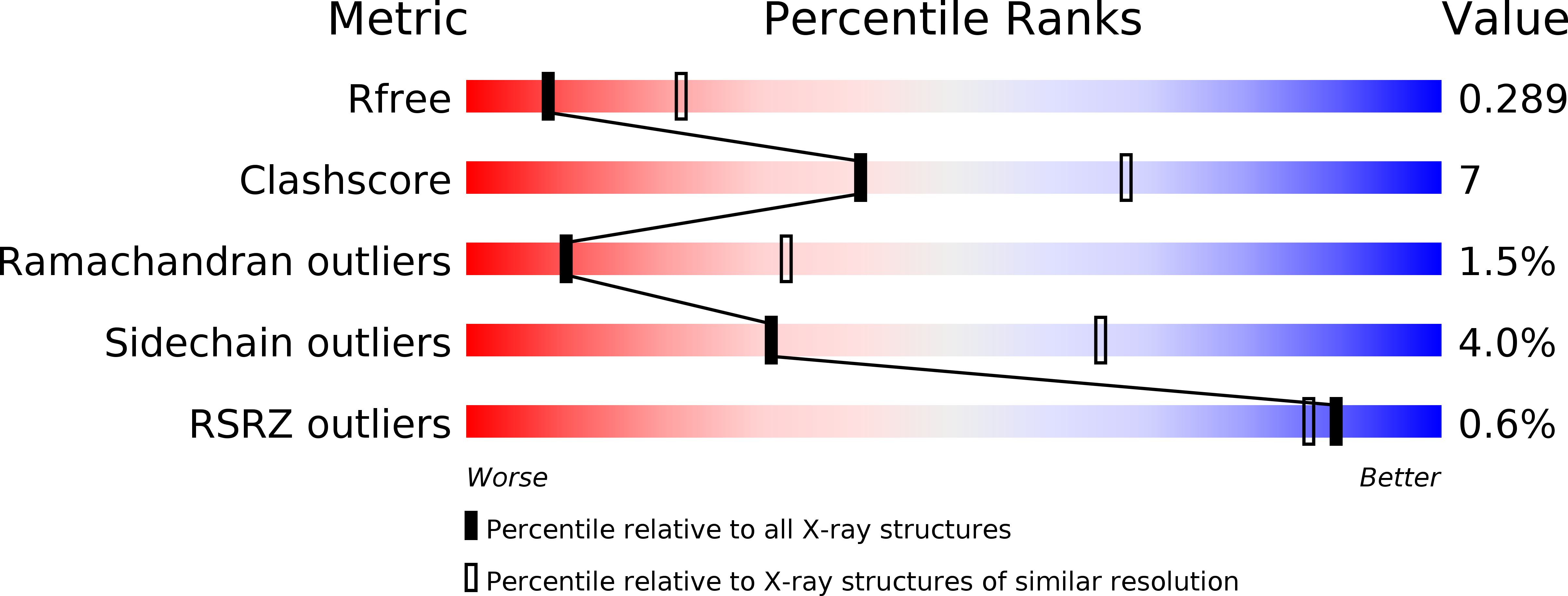
Deposition Date
2007-03-21
Release Date
2007-08-28
Last Version Date
2023-12-13
Entry Detail
PDB ID:
2UWH
Keywords:
Title:
Cytochrome P450 BM3 mutant in complex with palmitic acid
Biological Source:
Source Organism:
BACILLUS MEGATERIUM (Taxon ID: 1404)
Host Organism:
Method Details:
Experimental Method:
Resolution:
2.80 Å
R-Value Free:
0.29
R-Value Work:
0.21
R-Value Observed:
0.21
Space Group:
P 21 21 21


